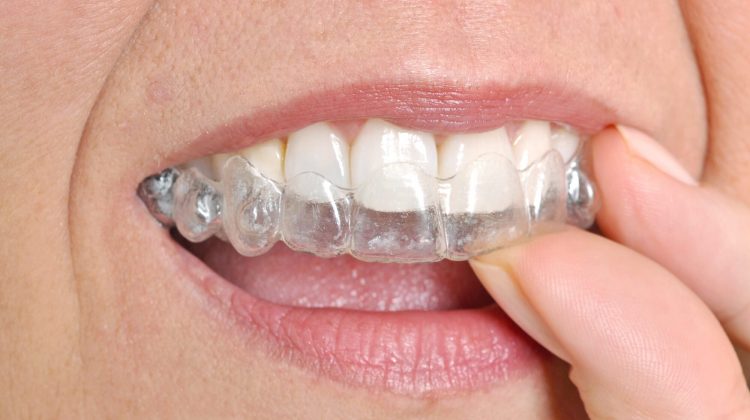
A beautiful smile can boost confidence and leave a lasting impression. For those seeking orthodontic treatment to correct misaligned teeth, Invisalign has become a revolutionary option. Invisalign is a modern approach to straightening teeth using clear aligners, offering a discreet and comfortable alternative to traditional metal braces. In this comprehensive guide, we will delve into what Invisalign is, how it works, its benefits, considerations, and why it has gained immense popularity.
What is Invisalign?
Invisalign is a brand of clear aligners used to straighten teeth and correct various orthodontic issues. These aligners are custom-made for each patient and are designed to gradually shift the teeth into their desired positions. Unlike traditional braces, Invisalign aligners are virtually invisible and removable, making them a popular choice for both adults and teenagers.
How Does Invisalign Work?
The Invisalign treatment process involves several key steps:
- Consultation: The journey begins with a consultation with an orthodontist or dentist trained in Invisalign. During this visit, your dental professional will assess your oral health and discuss your treatment goals.
- Digital Scanning: Instead of traditional molds, a 3D digital scanner is used to create a highly accurate digital impression of your teeth. This technology provides a detailed map of your current dental condition.
- Customized Treatment Plan: With the help of specialized software, your orthodontist creates a customized treatment plan that includes a series of clear aligners. Each aligner is designed to move your teeth incrementally, gradually aligning them into the desired position.
- Aligner Production: Once the treatment plan is finalized, a series of clear aligners is custom-fabricated for your teeth. Each set of aligners is worn for about 1-2 weeks before progressing to the next set in the series.
- Regular Check-Ups: You will have periodic check-up appointments with your orthodontist to ensure the treatment is progressing as planned. Adjustments to the treatment plan can be made if necessary.
- Maintenance and Retainers: After completing your Invisalign treatment, your orthodontist may recommend a retainer to maintain the results. Retainers are typically less noticeable and more comfortable than traditional retainers.
Benefits of Invisalign
- Aesthetics: Invisalign aligners are virtually invisible, making them an excellent choice for individuals who want to maintain a natural appearance during treatment.
- Removability: Unlike traditional braces, Invisalign aligners are removable, allowing you to eat, drink, brush, and floss with ease. This feature promotes better oral hygiene and reduces the risk of dental issues during treatment.
- Comfort: Invisalign aligners are made of smooth, comfortable plastic, minimizing the irritation and discomfort often associated with metal braces.
- Predictable Results: The use of advanced technology allows for precise treatment planning, which leads to predictable and efficient results.
- Improved Confidence: Many patients report increased self-confidence during Invisalign treatment because they don’t have to worry about the appearance of traditional braces.
Considerations and Limitations
While Invisalign is an excellent orthodontic option, it may not be suitable for everyone. Consider the following factors:
- Compliance: Success with Invisalign depends on wearing the aligners for 20-22 hours a day. Patients who struggle with compliance may not achieve the desired results.
- Treatment Duration: Invisalign treatment may take longer than traditional braces in some cases, particularly for complex orthodontic issues.
- Cost: Invisalign treatment can be more expensive than traditional braces, and insurance coverage varies.
- Not Suitable for All Cases: Invisalign is most effective for mild to moderate orthodontic issues. Severe cases may require traditional braces or other specialized treatments.
Conclusion
Invisalign has revolutionized orthodontic treatment by offering a comfortable, discreet, and effective way to straighten teeth and correct alignment issues. Its numerous advantages, including aesthetics and removability, have made it a popular choice among both adults and teenagers. While Invisalign may not be suitable for every orthodontic case, it is undoubtedly a transformative option for those seeking a straighter, more confident smile. If you are considering orthodontic treatment, consult with a qualified Invisalign provider to determine if this innovative approach is right for you.

Leave a Reply